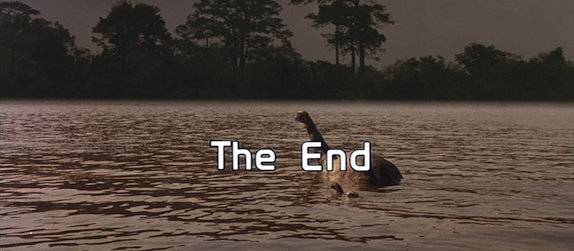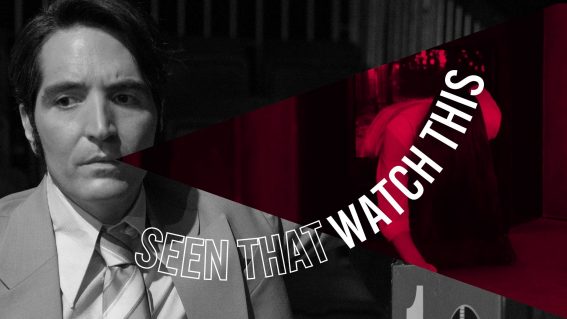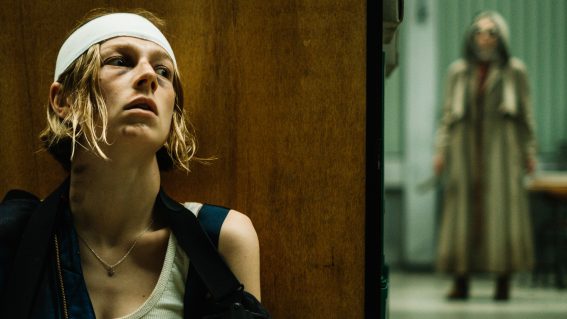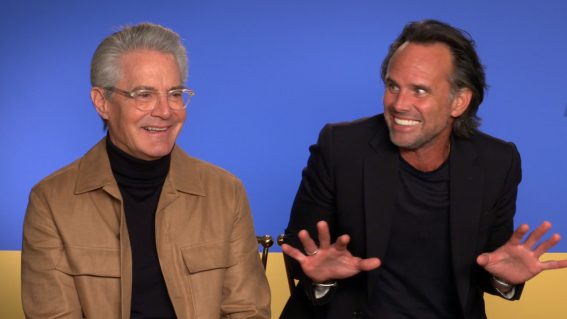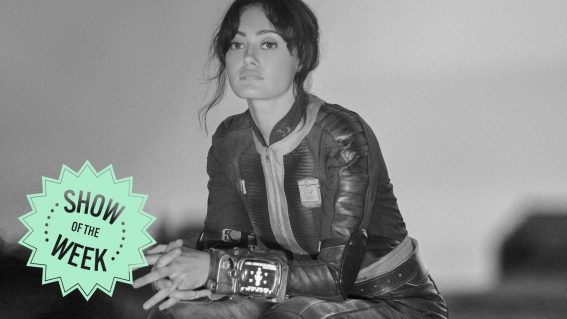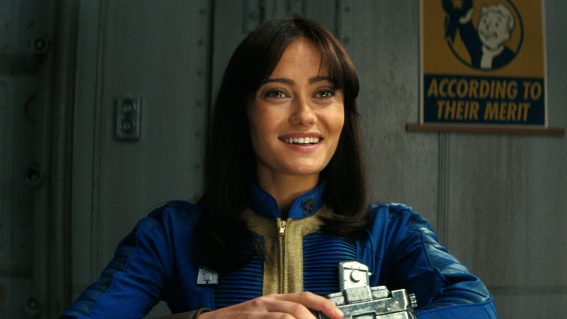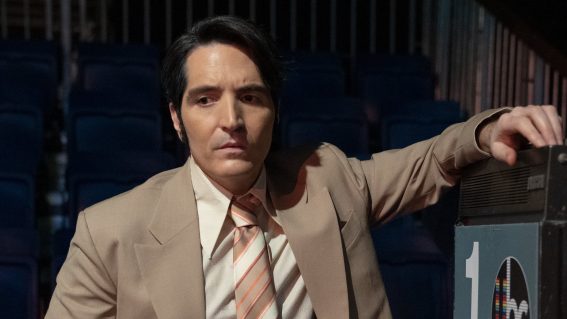Baby: Secret of a Legendarily Bad Dinosaur Movie

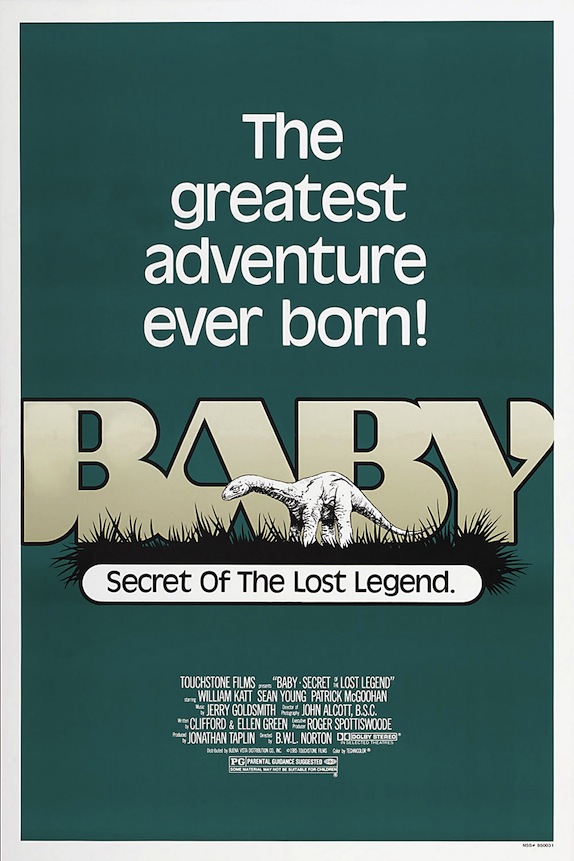
Revisiting movies from our childhood can often be an awfully disillusioning thing. Those movies tend to be half-remembered, held frozen in a corner of one’s mind prone to misplaced nostalgia. For many years, we think they somehow serve as crucial developments in our consumption and appreciation of cinema. However, once re-absorbed into the (one hopes) fully developed adult brain and all its irreversible jadedness, they turn out to be misbegotten, malformed creatures that are nothing but affronts to present-day critical faculties.
This is definitely the case with Bill L. Norton’s Baby: Secret of the Lost Legend, a supposedly children’s dino-adventure flick from 1985 that I had the bewildering experience of rewatching for the first time since I was a young ‘un. Made during Disney’s attempt to widen their audience to “young adults” and “mature audiences” via their subsidiary Touchstone Pictures, the film was neither box office nor critical success. In a year that also gave us a dazzling, inventive, pop-culture juggernaut in Back to the Future, Baby looks like, well, a fossilised dinosaur. It’s very much of another era: creaky, old-fashioned and politically incorrect. The only thing legendary about it today is how terrible it actually is.
If anything, Baby showed that the industry was still in the grips of E.T.’s blockbuster success. Here was Disney trying in earnest to make a more adult-oriented pic, but unable to resist shamelessly replicating the child-like wonder of Spielberg’s hit. It’s no surprise that the results are as ill-conceived as they are tonally schizophrenic. Baby has all the saccharine heart-tuggery of E.T. — courtesy of a brontosaurus hatchling of the title — grafted on to somewhat violent adventure set in a civil-war-torn country where we see multiple people getting shot, stabbed, electrocuted and falling out of helicopters.
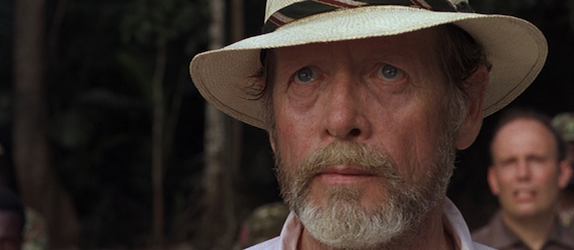
At its core, the story, adapted from David Lee Miller’s novel by Clifford and Ellen Green (of SpaceCamp and Bless the Child fame), is formulaic King Kong-style pulp that could have easily originated from the ‘30s. Exotic travelogue-ready location of West Africa: check. Husband-and-wife lead protagonists (William Katt, Sean Young) caught up in the action: check. An evil, bearded, delusional baddie (Patrick McGoohan) doing Bad Things for Science Reasons: check. A family of elusive brontosauri, based on Africa’s own Loch Ness legend, the “mokele-mbembe”: check. Not that you couldn’t make a decent throwback adventure in those days — see Raiders of the Lost Ark, The Goonies, Romancing the Stone — but Baby’s tone-deaf combo of the cute and the ugly is harder to swallow.
Viewers tend to point out the inappropriateness of the extensive tribal nudity for children (Disney just doing the best at realism IMHO), but I feel like that’s less of an issue than the portrayals of the African people in broad, extremely cartoonish strokes. They’re either spear-carrying natives marveling at having their photos taken, anonymous, militant, machine-gun-toting killers or a shady pilot who makes some offhand joke about beating his wife.
The underwritten characters extend to Katt and Young. Both fresh off career highs — Katt for TV’s The Greatest American Hero, Young for Blade Runner — they’re unable to forge much chemistry together here. Young’s Susan is meant to be a hotshot paleontologist of some sort, but there’s barely any recognition of this. Instead she gets to play the requisite dame to Katt’s sportswriter George, who is a completely charmless, perfunctory tag-a-long type who comes alive only when the script calls for him to be kicked in the nuts or transform into a bike-riding Indiana Jones-aping hero. Horrible characters. (Interesting to compare this dynamic to the Jurassic World clip Joss Whedon recently called out for sexism; Hollywood, progressive as ever!).
It’s likely that anyone who has seen Baby will remember the movie most for its use of animatronics, along with miniatures and composite shots, to create the brontos. There are probably theme parks out there now with more convincing dinos than the ones here, but it helps to remember that this was well before Jurassic Park and CGI came along. The quality of the work, by Isidoro Raponi and Roland Tantin, varies. The wider shots fare better, whereas the mid-to-close-ups of Baby expose the penguin-waddling stiffness of its movements, the dead inexpressiveness of its eyes and the dull, paper-mache-like coat of its skin. That said, the animatronics, simply by being three-dimensional, make suspending disbelief much easier the uncanny valley eeriness of ropey CGI.

Oddly, the two sequences that stuck with me over the years aren’t the most traumatic. The latter occurs when Papa Bronto is shot down in bloody fashion by the African revolutionaries assisting McGoohan. It’s a death shocker on par with Bambi’s mum, upsetting to watch at any age. But the bits I recall fondly are played for easy laughs. The first features George’s awkward bonding moment with a tribe leader, who offers him something to drink. “This is absolute crap-o-ramma. Dead ants, live ants. I think I’m going to die!”, the culturally sensitive George blurts out. In return, George gives him a granola bar, which the leader then spits out sneakily, away from George’s view. The second is a goofy E.T.-influenced slapstick scene where Baby gets his head trapped in underpants, then yanks a tent through a stream with George and Susan giving chase. LOL, I guess.
Not even the presence of skilled veteran pros like DP John Alcott (2001: A Space Odyssey) and composer Jerry Goldsmith (whose punchy score is one of the best things about the film) on board can salvage this mess. Maybe profound stuff for anyone between the ages of 1 and 10, Baby: Secret of the Lost Legend is just a stale, curious, magnificent misfire, a valuable textbook lesson on how not to make a dinosaur movie.
